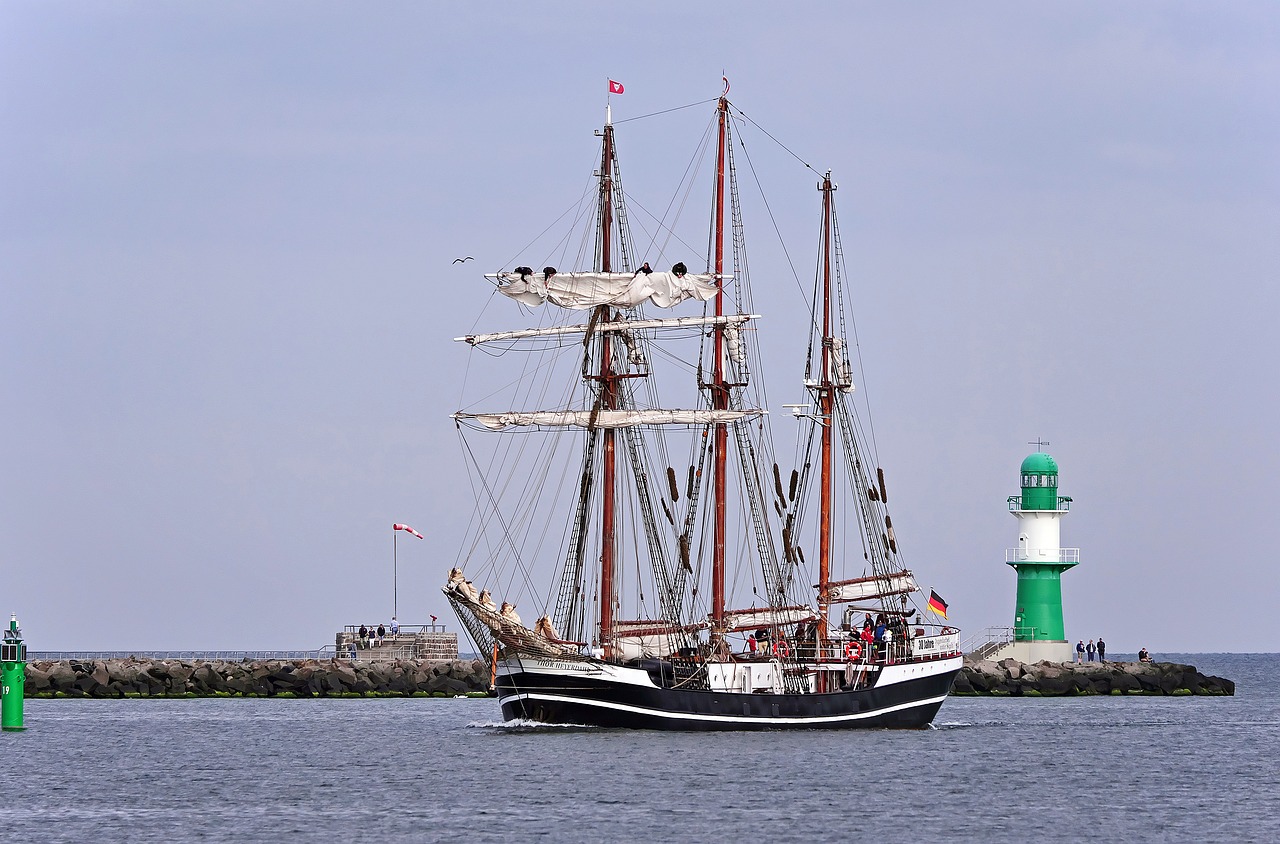The Norse God Thor: The Hero of Thunder
Overview
Thor, the mighty storm god of Norse mythology, stands as a symbol of strength and masculinity among the divine. A son of Odin, the “all-father,” he is part of the Aesir tribe of gods. Renowned for his powerful control over storms, rain, and elements of thunder and lightning, Thor is also seen as a figure of fertility, influenced by his legendary virility. He is often depicted with a red beard and hair, wielding his fabled hammer, Mjölnir. As one of the most revered Norse deities, Thor embodied the essence of heroism, facing threats with courage and vigor, unlike the more cunning approaches of Odin and Loki.
Etymology
The name “Thor,” originating from Old Norse as “Þórr,” translates to “thunder,” reflecting his dominion over this natural phenomenon. With the introduction of the Roman calendar to the Germanic tribes, Thursday emerged as Þonares dagaz, or Thor’s Day. This evolution in language underscores Thor’s significance, along with a variety of epithets such as Atli meaning “the terrible,” and Vingthor, meaning “the thunder hurler.”
Attributes
In terms of attributes, Thor exemplifies bravery and ferocity. He possesses a magical belt named Megingjörd, reputed to double his strength, and Mjölnir, his formidable hammer crafted by dwarves. Not only can Mjölnir unleash devastating thunderbolts, but it also has the power to resurrect the dead under specific circumstances. Thor uses iron gloves called Járngreipr when wielding his hammer. Accompanying him on his adventures are his loyal servants, Thjálfi and Röskva, and his chariot is drawn by his two magical goats, Tanngrisnir and Tanngnjóstr.
Family
As the offspring of Odin and a mother identified as Jord or other giantess names, Thor contains lineage that creates an intriguing dichotomy. His numerous half-brothers, such as Baldur and Heimdall, contribute to his complex familial dynamic. Thor is married to Sif, with whom he has a daughter, Thudr. He also has a jötunn lover, Járnsaxa, giving birth to a son named Magni, as well as other short-lived romantic entanglements.
Mythology
Thor’s mythos is rich with daring quests and battles against mighty foes. Over his illustrious life, he became known for his adventures against giants and other formidable creatures.
Origins
Information about Thor’s earliest experiences is scarce as mythological accounts typically introduce deities as fully formed beings. What we do know is based largely on historical narratives, emerging from Roman accounts that likened him to Jupiter, a thunder god of their pantheon. Thor’s mythology reveals threads that connect him to thunder gods across various cultures, underscoring a shared archetype rooted in Indo-European tradition.
Mjölnir, the Hammer of Thor
The origins of Mjölnir are depicted in Snorri Sturluson’s Skáldskaparmál. The tale begins with Loki’s mischievous act of cutting off Sif’s hair, which triggers a series of events leading to the creation of the hammer. Loki’s quest to appease Thor brings him to the dwarves who create the hammer among other magical items, thus forging Thor’s iconic weapon.
Thor, the Crossdresser
In one of Thor’s more peculiar escapades, recounted in the Þrymskviða of the Poetic Edda, he finds himself in a dress to retrieve Mjölnir from the giant Thrym, who demands Freya’s hand in exchange for the stolen hammer. Disguised alongside Loki, Thor comically navigates the perils of this ruse. Eventually, the subterfuge ends with Thor reclaiming his hammer and destroying Thrym and his party.
Thor, the Jötunn Hunter
Anger towards the jötnar defines Thor’s character; one such encounter is detailed in the epic battle against Hrungnir, where Thor’s might is showcased. After a series of tense confrontations, he defeats the giant, solidifying his reputation as the ultimate giant-slayer.
Jörmungandr, the Nemesis
Among Thor’s greatest adversaries is Jörmungandr, the Midgard serpent. Their fates are eternally entwined as Thor’s clashes with the creature form a central narrative in Norse mythology. One significant confrontation occurs during a fishing trip with the giant Hymir, where Thor hooks the serpent, leading to fierce combat.
The Serpent at Ragnarök
The fateful meeting of Thor and Jörmungandr is prophesied to occur during Ragnarök, the cataclysmic end of the world in Norse lore. Anticipating a climactic battle, it is foretold that after defeating the serpent, Thor will succumb to its venom.
Pop Culture
Thor’s legacy has persisted into contemporary culture, evolving from ancient times to modern portrayals. His depiction flourished in 19th-century literature, reinforcing nationalistic sentiments in Nordic countries. More recently, Marvel Comics adopted and popularized Thor, rendering him with distinct traits, such as a blonde appearance. Despite these modifications, the essence of Thor as a valiant warrior capable of great strength and imbued with a fondness for drinking remains intact.
Through the ages, Thor’s storytelling capacity has captured the imagination, highlighting themes of courage and the eternal struggle against chaos.



